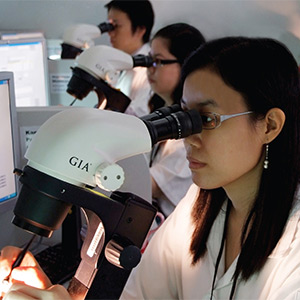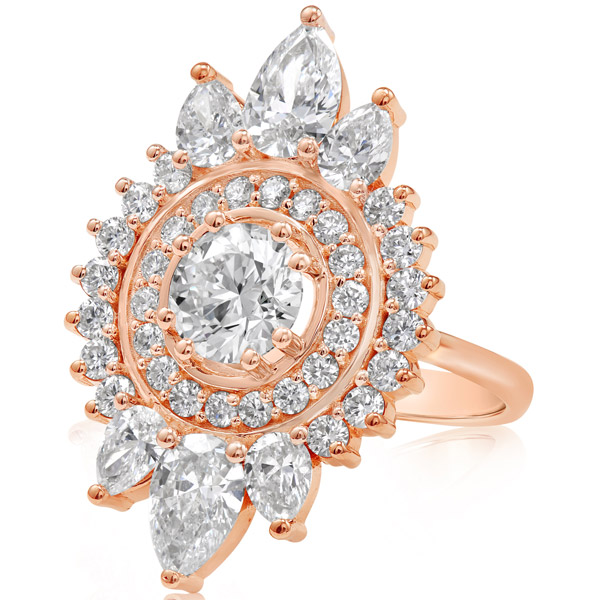
There was a time not long ago when lab-grown diamonds were a hot topic in the industry—and a point of contention for some. And while the man-made stones may still be a hot-button issue for some jewelers, that hasn’t stopped countless companies from beginning to work with them.
While some companies are all in on lab-grown diamonds, making them the core of their business, other, well-established brands and designers have begun to offer them as an option to their customers, acknowledging a growing demand for the stones.
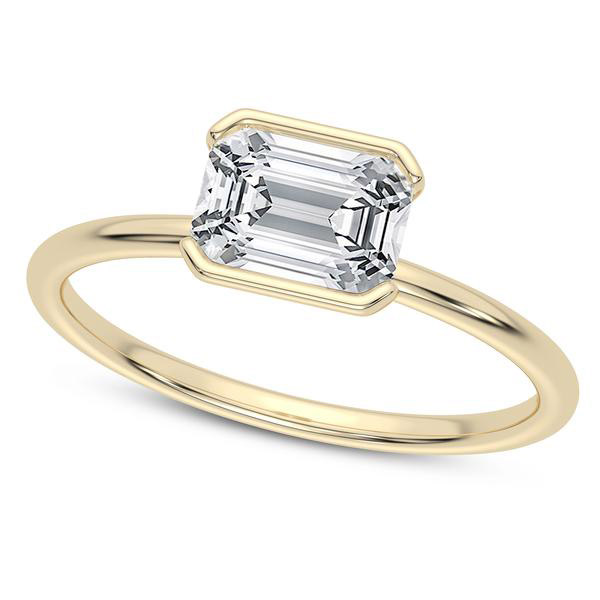
There’s still quite a bit that consumers—and even some jewelers—don’t know about this offering, which is growing in popularity. Recent research from the Plumb Club—covered by our Rob Bates—found that 79% of those polled said they were aware of lab-grown diamonds; however, 41% of those polled said they did not understand how they differed from natural gems. In the same survey, 83% said they’d considered buying a piece of lab-grown diamond fashion jewelry, while 65% said they’d consider buying a lab-grown engagement ring.
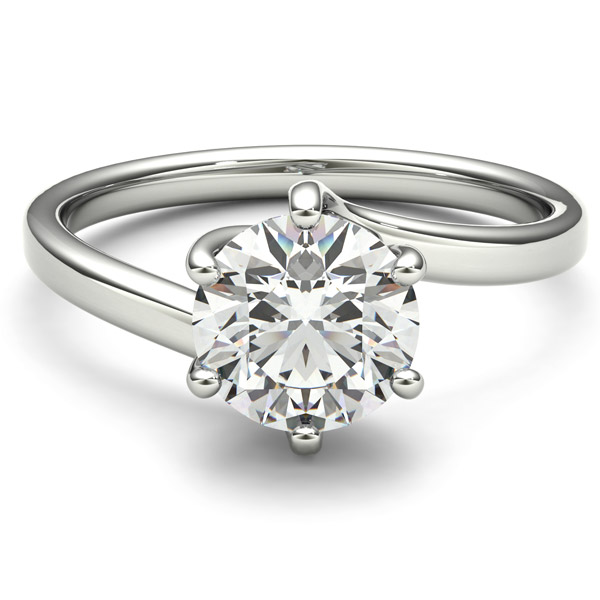
For many shoppers, it’s simply a matter of cost. Those seeking a larger center stone in their engagement ring without having the budget for a natural diamond may gravitate toward a lab-grown gem to achieve the look and size they dream of, within budget.
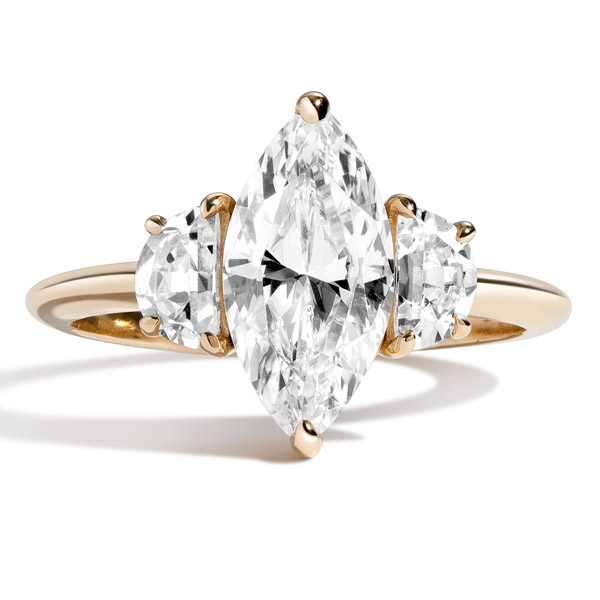
For others, it’s a question of responsible shopping. While some critics argue the level of sustainability when comparing mined to lab-grown stones, there’s no denying a man-made gem’s traceability, given its obvious origins.
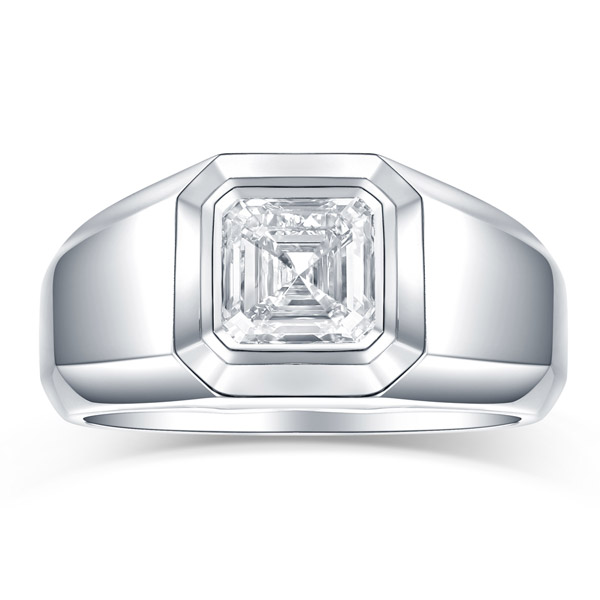
A quick (very unscientific) poll on JCK magazine’s Instagram account showed that the majority of respondents do not carry lab-grown diamonds in their stores or offer them in their collections. When asked why, one follower answered they felt there “is no real worth” to the stones.
The thing is, worth is a relative term. While some customers may shop for jewelry as an “investment” (which, for the most part, isn’t necessarily guaranteed), others put stock in their purchases emotionally. Emotional worth could carry even greater weight, particularly for those looking for their dream piece on a smaller budget.
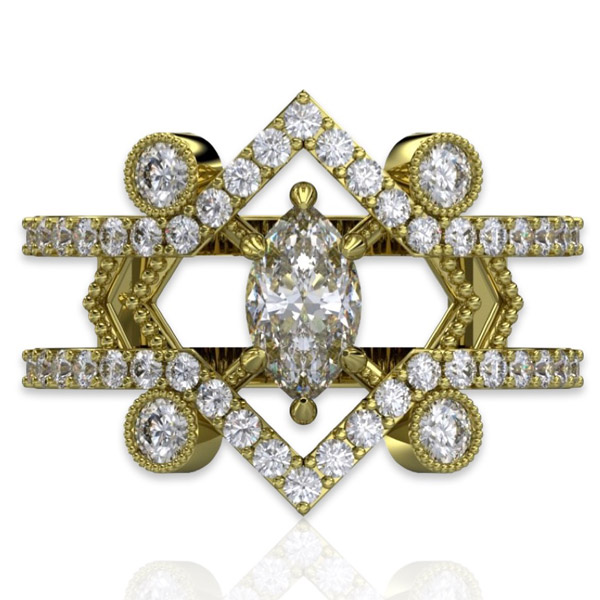
Are lab-grown diamonds going to take over the world, surpassing the popularity and demand of natural stones? Unlikely—at least in the foreseeable future. But they’re definitely here and absolutely a contender for the hearts and wallets of shoppers. Offering the option does not compromise a retailer’s beliefs, nor does it mean one has “chosen sides.” Doing so simply caters to more customers, helping them to feel seen, heard, and taken care of.
And when the rings look this good, those shoppers who want them will no doubt be very pleased indeed.
Top: Veronica ring in 14k rose gold with 0.81 ct. lab-grown diamond center, 1.22 cts. t.w. pear-shape lab-created diamonds, and 0.51 ct. t.w. round brilliant lab-created diamonds, $9,850; Vanessa Carrillo
- Subscribe to the JCK News Daily
- Subscribe to the JCK Special Report
- Follow JCK on Instagram: @jckmagazine
- Follow JCK on X: @jckmagazine
- Follow JCK on Facebook: @jckmagazine

